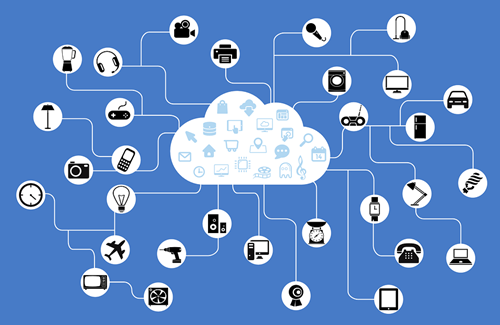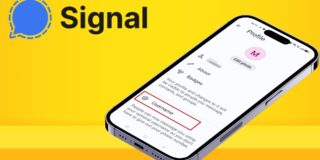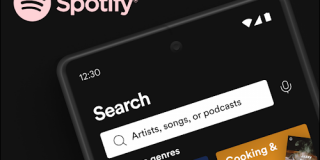What Is IFTTT?

Imagine this: You get home from work and park outside your house. When you walk inside, the lights are on, music is playing, and the AC is already running and cooling you down. But you didn’t leave any of them on when you left the house, and if you left, they would all turn themselves off again.
This might sound like a slice of the future, or maybe that episode of The Simpsons where Pierce Brosnan plays an AI that runs their house. It’s not – it’s already possible, and it doesn’t require in-depth coding knowledge, or some Wallace and Grommit-Esque Rube Goldberg machine. All you need is IFTTT.
So, What Is It?
IFTTT is a free web-based service and app that was first released in 2010. It enables your apps and devices to work together, which could be regarded as the next step in the Internet of Things. Most programs and tech are developed in their own little bubble, and while some companies have in-built interactivity among their own gear, most of them don’t play all that nicely with products from other manufacturers.
This is where IFTTT comes in. The name is short for “If This, Then That,” which programmers will recognize as a conditional statement. The name itself is a pretty good indicator of the basic premise: If a certain condition is fulfilled, then a corresponding action will be taken. This means that many diverse services and devices can be automated to respond to specific situations.
It’s pronounced like “gift”, without the “g” sound, which is much less of a mouthful than the acronym.

How Does It Work?
IFTTT works by connecting your disparate apps and smart devices. Each one is referred to as a service, and the list of available services is pretty impressive. Facebook, Twitter, Google Assistant, Amazon Alexa, Reddit, Domino’s Pizza, eBay, Dropbox. BMW cars, MOTION Blinds… the list goes on.
With over 350 services already connected, and more regularly being added, how you connect them is mainly limited by your own imagination. Want the coffee pot to turn on when you open the blinds? No problem. Want to automatically download any picture of you that’s been tagged on Facebook? Done. Want your refrigerator to order some milk to be delivered when you’re running low? It can now!
These combinations are called Applets, and the idea is to help automate your daily workflow, or as the designers would say, to “put the internet to work for you.” They have a number of premade Applets available, but if there’s something specific you want, you can set it up yourself. You can also add filters so that they will only activate when specific conditions are met. So, for example, if you get home in the early afternoon, the blinds will open, but if you get home late, then the lights will turn on instead.

What Else Can It Do?
IFTTT Applets can be combined with what’s called a Widget, which is a shortcut that you can have on your phone’s home screen. At the press of a button, you can perform all sorts of actions.
Here are some of our favorite examples:
- Get yourself out of an awkward situation – Press a button to trigger a fake call to your phone, so you can politely extract yourself without having to pretend, sitcom style.
- Party mode – Start your Hue lights cycling through various colors.
- Track your hours – press a button when you start working, and again when you finish, and the hours will be automatically filled in to a Google Drive spreadsheet.
- Find your phone – set your handset to turn its volume to 100% and start ringing when you tap the shortcut on another device.
- Emergency mode – send an emergency email and text, while also setting your volume to 0%.
- Top up your current account – transfer a pre-determined amount of money from your savings so you’ll never be caught short at a till again.
- Bed time – turn all of the lights in your house off with one button, then press another to lock your front door.
- Preheat the oven – save time on cooking your dinner by having the oven heated up and ready to go by the time you get home.
- Prioritize your home network – choose which device should get a faster internet connection on your home Wi-Fi.
Another fun and interesting function is that you can effectively chain different Applets and Widgets together. So, to use the ‘Bed time’ example, you can set it up so that you press the button and the lights turn off. This can then trigger an Applet designed to lock the front door when the lights are switched off at night. You can even make it so that it sends a goodnight tweet to all of your followers when the lights are off and the door is locked after 10pm. #Efficiency!

The Wi-Fi’s the Limit
Obviously, you need to be connected to the internet for all of this to work, but these days that’s hardly an issue for most of us. Other than that, you can customize to your heart’s desire and have your entire home automated to respond to your needs without you having to lift a finger (further than your phone, at least!).
Have you got a favorite Applet or Widget? Share your stories about how you’ve optimized your daily life in the comments below!















